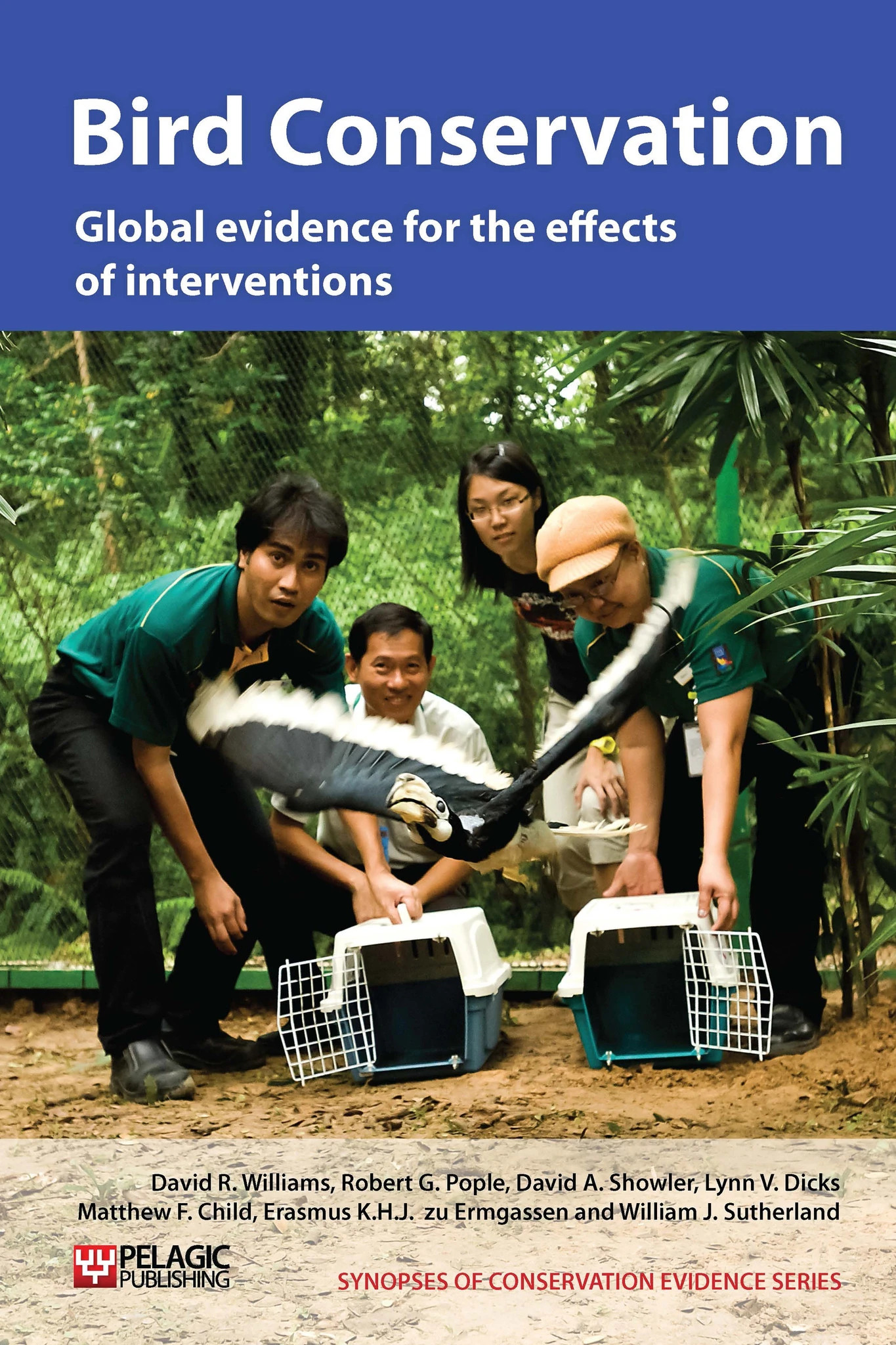Translocate auks
-
Overall effectiveness category Unknown effectiveness (limited evidence)
-
Number of studies: 1
View assessment score
Hide assessment score
How is the evidence assessed?
-
Effectiveness
36% -
Certainty
38% -
Harms
0%
Study locations
Supporting evidence from individual studies
A replicated study reviewing a 1973-81 translocation programme for Atlantic puffins Fratercula arctica (Kress & Nettleship 1998) found that less than 0.3% of 774 nestlings moved from Newfoundland, Canada, to Maine, USA, died during the move, with 95% of the remaining 772 birds successfully fledging. Twelve percent (87 birds) were re-sighted at the release site, with a further 8% (60 birds) seen elsewhere in the Gulf of Maine. Translocated birds were first recorded as breeding in 1981, with at least 36 translocated birds and six other birds being confirmed as breeding at the release site in 1985, with 17 more birds breeding on other islands nearby. Seventy eight percent of these breeding attempts (49 attempts) produced chicks surviving for at least 21 days. Nestlings between two and 40 days old were taken from their burrows and moved to the release site within 17 hours. They were then confined to artificial burrows and fed two meals of 50 g of fish and vitamins daily for seven days. They were then allowed to leave the burrows to begin flying. From 1977 onwards, puffin decoys were placed on the island to encourage birds to return, and herring gull Larus argentatus and great black-backed gull L. marinus were culled and nests destroyed in 1974-5.
Study and other actions tested
Where has this evidence come from?
List of journals searched by synopsis
All the journals searched for all synopses
This Action forms part of the Action Synopsis:
Bird Conservation
Bird Conservation - Published 2013
Bird Synopsis





)_2023.JPG)














